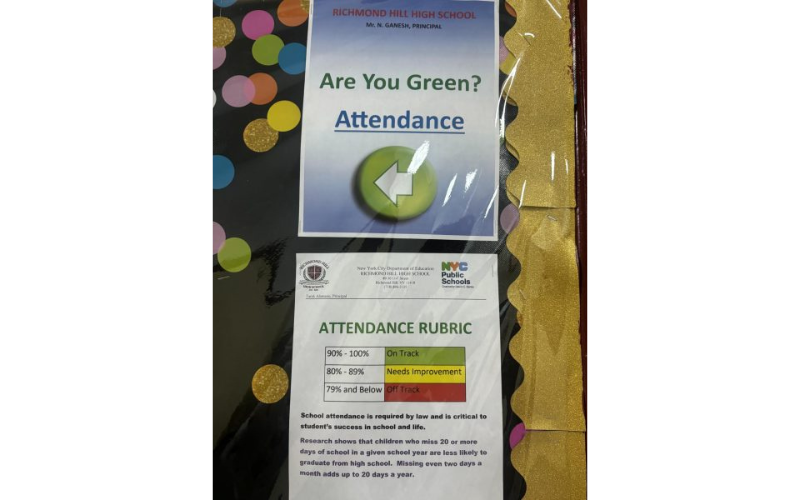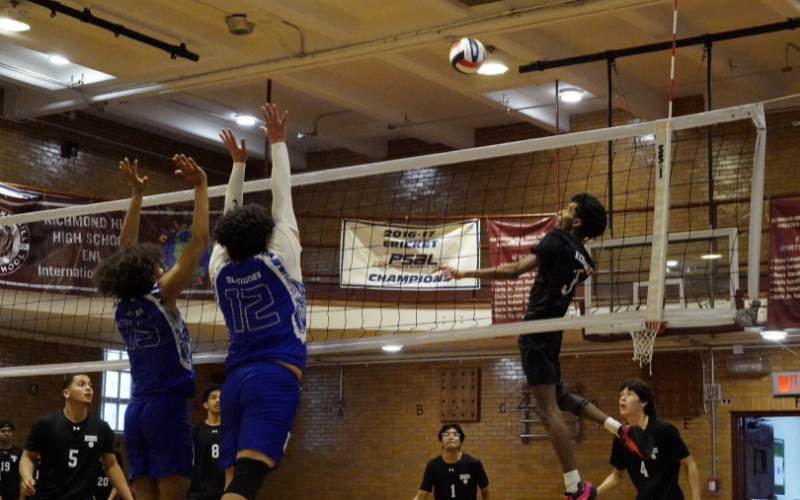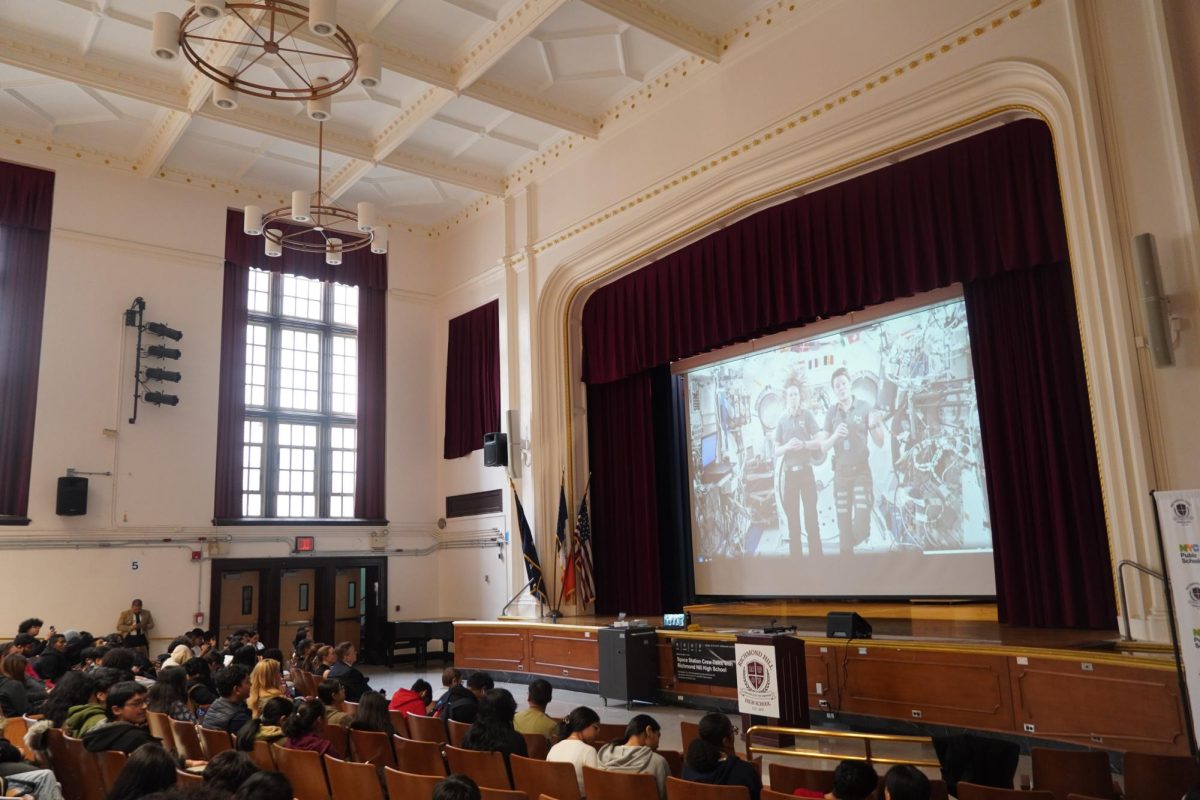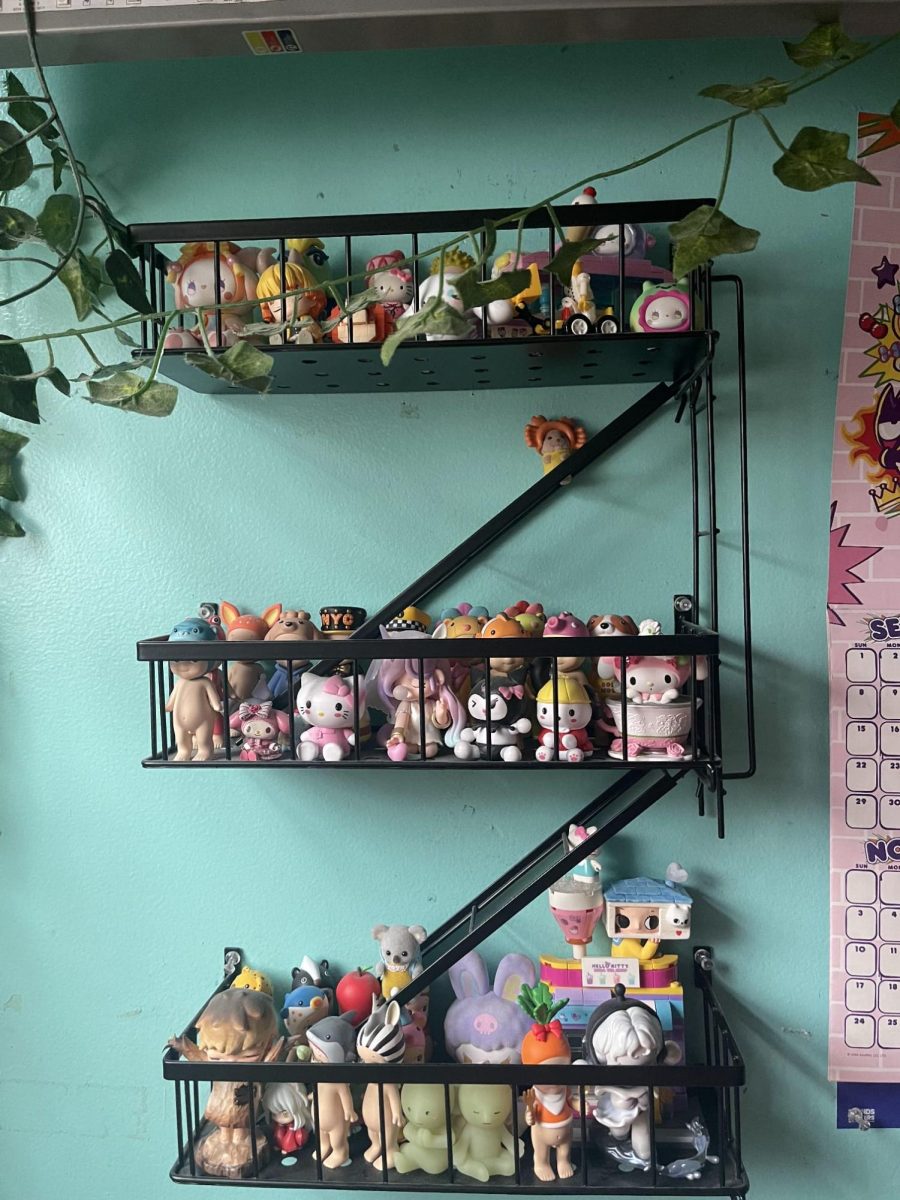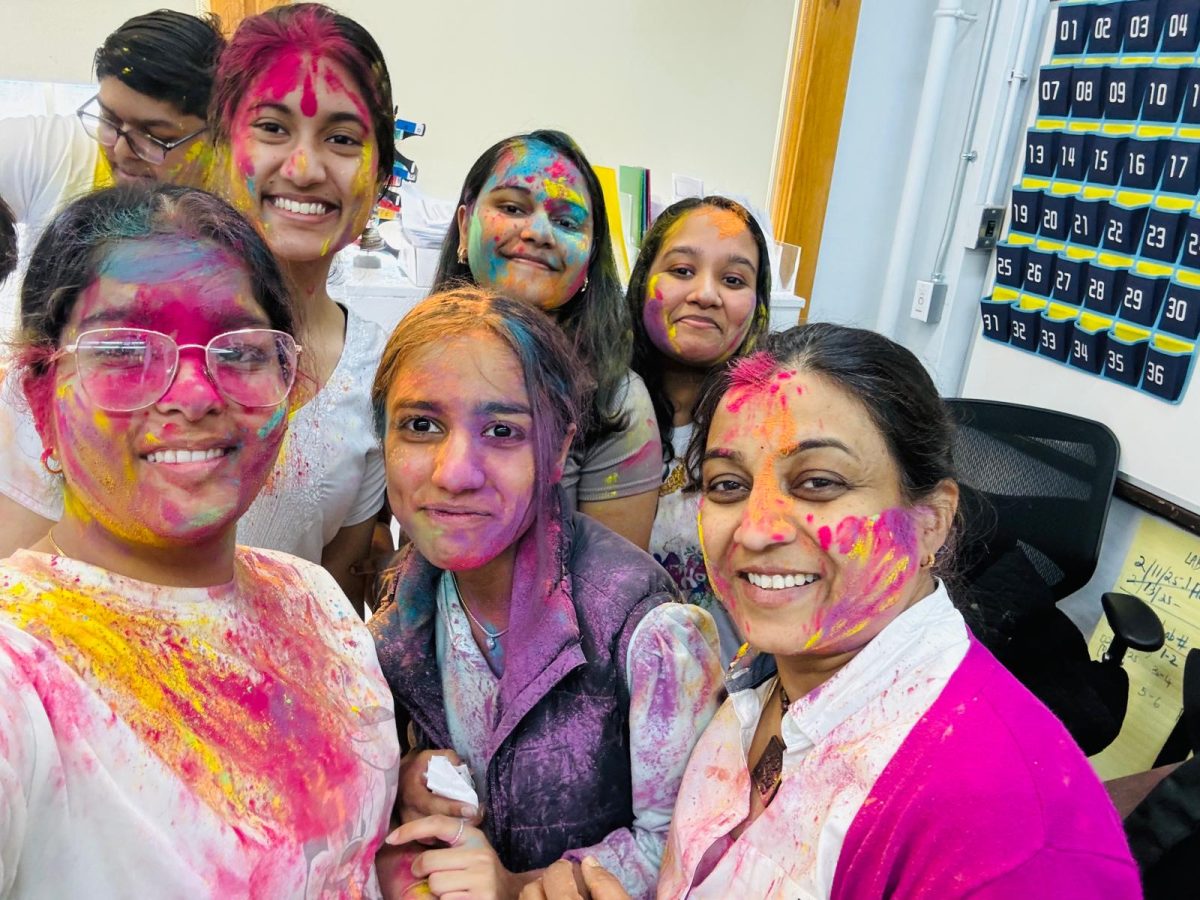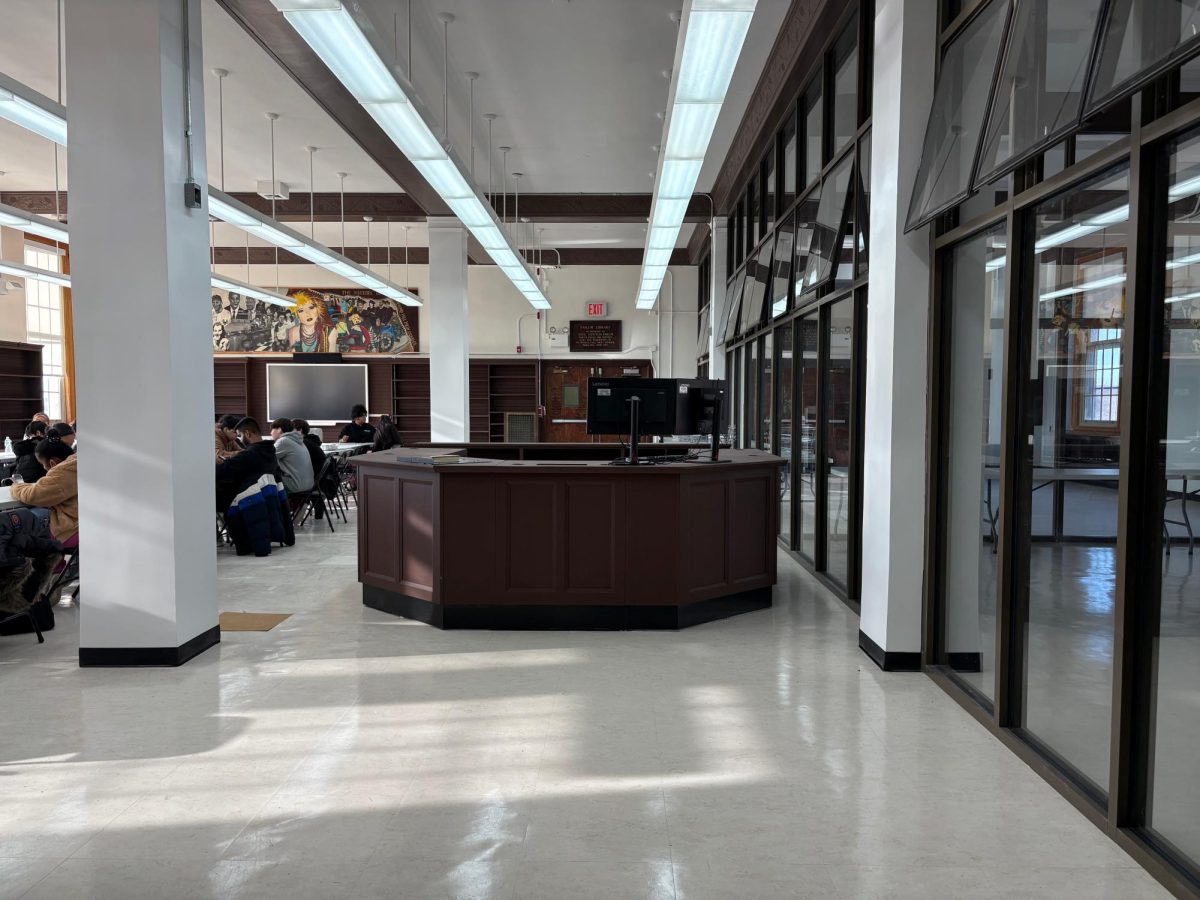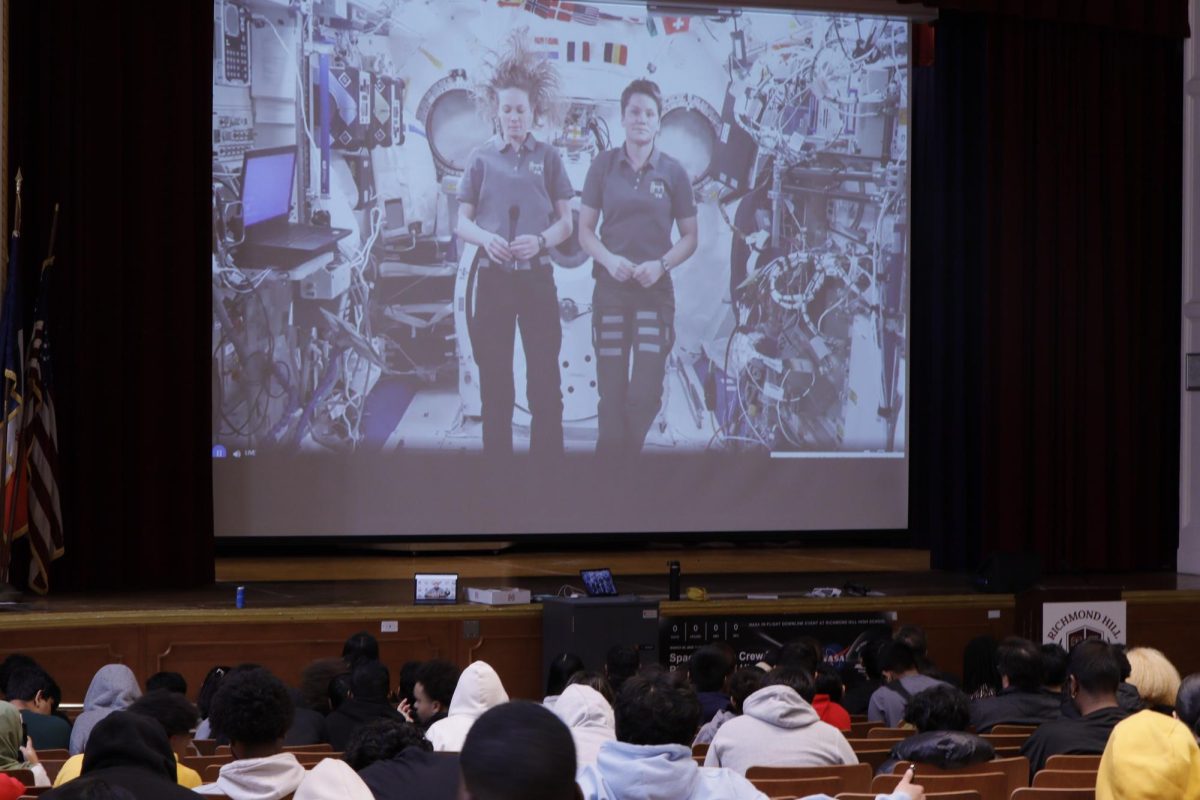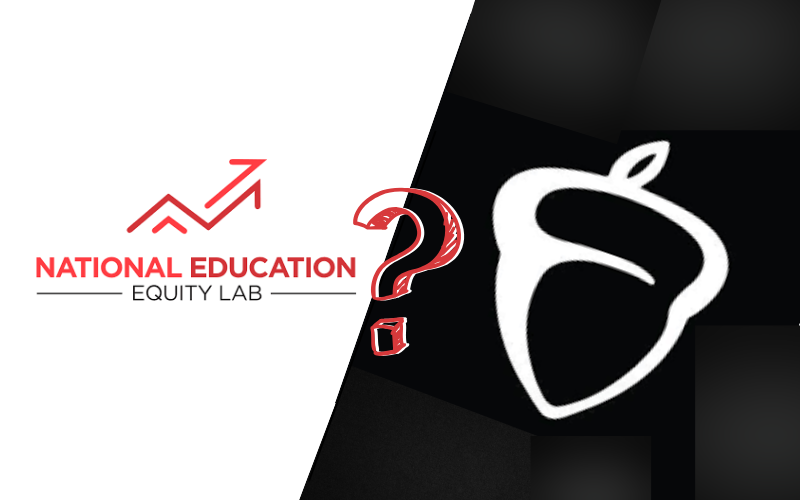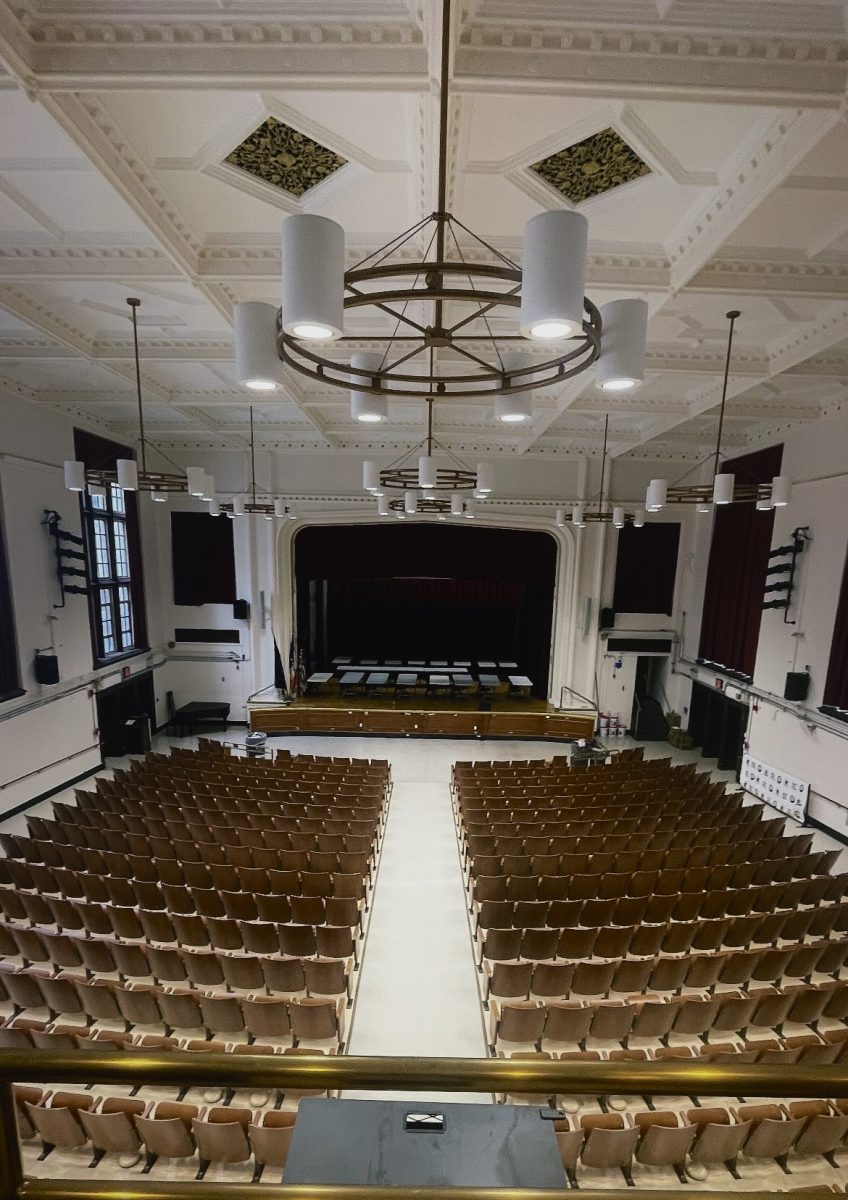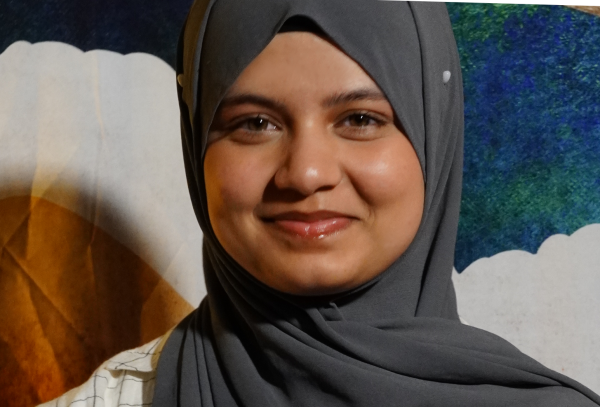You walk into class, wondering why is everyone staring on the smartboard, “Is there another lesson?…Wait, is NASA being live-streamed?! Why are my classmates there!?” You look around, curious and awed. Students are eagerly awaiting for the astronauts to answer the questions that were sent by your classmates. Yet, you can’t wrap your mind around to grasp that this is happening in real time.
On Wednesday, March 26, at noon EST, Richmond Hill High School had a live Q&A session with NASA astronauts Anne McClain and Nichole Ayers who were stationed on the International Space Station (ISS). This unique event was broadcast in many classrooms, bringing surprise and excitement. Ms. Pak, a science teacher and Director of the Academy of Software Engineering, helped make the entire event possible.
Ms. Pak took this step forward for our school community to have students more engaged in STEM related concepts.
“The main reason why I applied for it is because our school never really has that kind of experience, especially with STEM,” she said.
Senior Tanveen Shafi felt that this initiative positively impacted him.“In general, I felt the event was successful,” he said. “All these people seeing actual astronauts and meeting NASA scientists was a great way to represent the school.”
Junior Manisha Persaud expressed similar sentiments and was in awe of the “surreal” moment for the school. “I was just like, that’s real astronauts I was talking to, ” she said. ”It’s kinda surreal when you’re, like, that’s me, talking to real astronauts, up in the air right now, in space.”
Ms. Pak participated in a program called the Climate Change Research Initiative during her work with NASA for the past two years. The aforementioned program hosts a team of educators, graduate students, undergraduate students, and even high school students. Together these groups forge a collaboration and form a research team regarding climate change. These teams are guided under the mentorship of a NASA scientist. In the program, Ms. Pak took part in researching the effects of volcanic emissions on the atmosphere. Her experience in NASA as a teacher who also has a strong background in coding carved opportunities for our school to experience.
With the assistance of a graduate student from the team, Ms. Pak filed an application approximately two to three months prior to the event. The graduate student who assisted Ms. Pak with this application works with a non-profit and “helps schools to file for applications for downlink.” The deadline for the application was scheduled in December. In preparation for the NASA interactive session, Ms. Pak and Ms. Escalante, an art teacher, chose students from the hydroponics class and recorded questions that the two NASA astronauts could answer.
“We also did a couple of workshops with astrobotany and we also had mission patch lessons with Ms. Escalante’s classes,” Ms. Pak said.
In addition to the live Q&A session, the school also had guest speakers from NASA interacting with students from the Hydroponics class. Students received insights on space life and even got to taste real space food. Junior Seema Sandal shares how this experience “brightened [her] horizons” on her views about astronauts in space. “It felt so surreal and subliminal to me,” she said. ”It’s so weird seeing someone actually in space broadcasting and then answering questions.”
In the future, Ms. Pak hopes this event will inspire more aspiring STEM majors. She plans to host additional NASA internship recruitments and workshops for students to attend. “I just want them to be represented in the STEM field,” she said. “So this event kind of brought that dream closer.”


